Honeysuckle Variety Blue Spindle
Blue spindle - early maturing honeysuckle selection of the Research Institute of Horticulture of Siberia named after M.A. Lisavenko. Acts as a seedling of the selected form of Kamchatka honeysuckle No. 8 ("Start") from free pollination. The authorship is assigned to Z.P. Zholobova, I.P. Kalinina and Z.I. Archer.
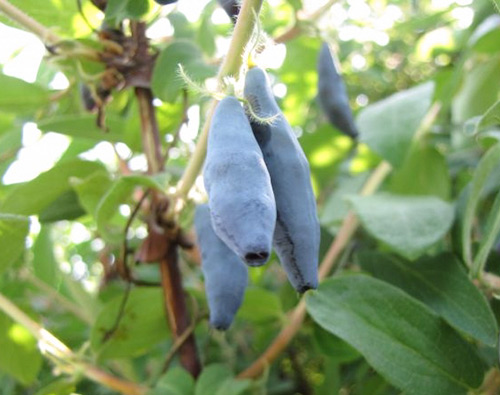
Since 1980, the variety has been tested at all state variety districts in Siberia. Since 1989, Blue Spindle honeysuckle has been included in the State Register of Breeding Achievements in all regions of the Russian Federation.
The bushes are vigorous (height - up to 0.8 - 1.0 m), the crown is quite sparse, round in shape. Skeletal branches are directed upwards at an oblique angle. Shoots are thin, not pubescent, straight, greenish, the sunny side of the shoots is anthocyanin. The leaves are large in size, elongated-oval, dark green in color, the top and base of the leaf are pointed. The leaf blade is folded along the midrib.
Honeysuckle berries Blue spindle, regardless of the growing area, always grow large (average weight 0.9 - 1.3 g, maximum - up to 1.5 g, length - 2.7 cm, diameter - 1.1 cm), in shape - elongated fusiform, with a flat base and a pointed apex. The skin of the berries is dense, blue-blue (almost black) in color, with a strong waxy bloom. The surface of the fruit is slightly bumpy.
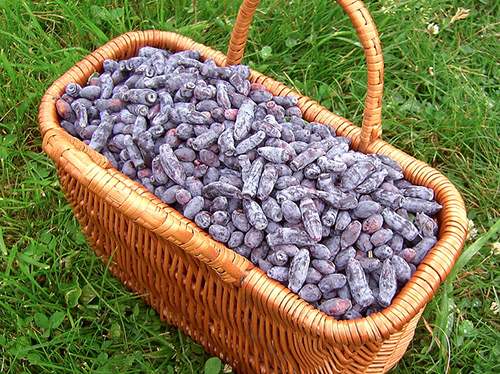
The pulp is delicate, with a refreshing sweetish-sour taste. In drought conditions, the fruits acquire a slight bitterness. The tasting assessment of the taste of the variety varies greatly depending on the area where the fruit grows: some experts consider the taste of the berries to be too mediocre and give no more than 3.5 points, while the other part of the experts considers the taste of the berries to be quite pleasant and estimates it at 4.3 points. The processed products always receive a consistently high score to taste - from 4.7 to 5.0 points.
In terms of chemical composition, the berries, depending on the area where the bushes grow, contain: dry substances (from 12.1 to 12.7%), the amount of sugars (from 6.4 to 7.6%), acids (from 2.2 to 3.1%), vitamin C (from 18.5 to 61 mg / 100 g), vitamin P (from 386 to 992 mg / 100 g), pectin substances (up to 1.14%).
Fruits ripen early and at different times (approximately in mid-June, depending on the growing area - in the period from 12th to 23rd June). Ripe berries fall off easily (10 - 15% of the yield).
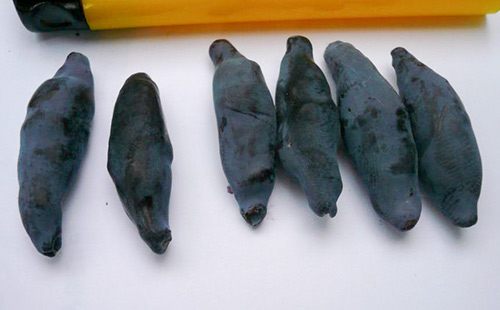
Photo: Kerezhene Lyudmila, Kaliningrad
Honeysuckle Blue Spindle is fast-growing and high-yielding. From one bush, you can collect from 1.5 to 2.5 kg of berries. The average yield of an 11-year-old bush is 2.1 kg of fruits (or 7 t / ha with a 4 × 1 m planting scheme).
The variety is highly winter-hardy and drought-resistant. In severe winters (critical for many berry crops), the bushes of this honeysuckle do not freeze. The variety is resistant to diseases and pests.
This honeysuckle is self-fertile. Any forms and varieties obtained on the basis of Kamchatka honeysuckle are suitable as pollinators: Cinderella, Kamchadalka, Azure, Blue bird... Tomichka and Memory of Gidzyuk varieties are also well suited.
The main advantages of the Blue Spindle honeysuckle include: early maturity, high yield rates and annual fruiting, large berries with good technological qualities.
Among the shortcomings, there is a strong crumbling of ripe berries and their mediocre taste (in drought conditions, a weak bitterness appears).
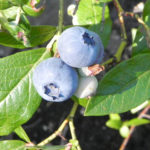
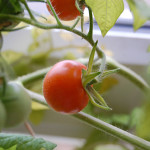
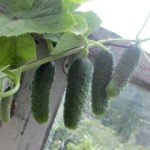
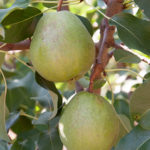
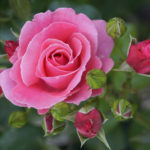
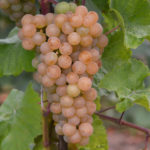



I bought the Blue Spindle honeysuckle bush three years ago. During this time, he gave a good increase. This is the earliest berry. Every year in June, the bush is simply strewn with large, elongated berries, similar to a spindle. We feast on it and freeze it for the winter. The berries must be picked in time, otherwise they will crumble. Virtually no care is required. I mulched the ground near the bush with mowed grass and do not water it.It hibernates perfectly, without any shelters. Nearby for pollination grows a bush of honeysuckle variety "Amphora". Also a very good variety. The berries are delicious, sweet and sour. They hang on the bush for a long time, do not crumble. Ripen gradually. I am satisfied with my plants and plan to breed other varieties of this wonderful berry, especially now there are no problems with planting material.
Having tried with friends at the dacha, I was captivated by the taste and interesting shape of the berries. And having picked up "assorted" from early maturing varieties, I made a group planting. In the first year, the seedling gave almost no growth. But, what was our surprise the next year, when we saw on a thin twig "inflorescence" of three green berries, resembling tiny Jerusalem artichoke in shape. And with what joy we ate the first berries when they were ripe! In the same year, there was a large increase - almost half a meter. And the next year, the berries were picked every two days, as they ripen.
Now the bush has grown - more than one and a half meters in diameter and a little more than a meter high. It has a very decorative look - abundant leaves, delicate light green flowers in spring and a lot of berries in June. The year before last, they froze, and last year they cooked a fragrant jam with a slight sourness.
It is very important that honeysuckle almost does not require any special care. It is enough to make abundant watering in extreme heat and cut the grass in the near-trunk circles, getting rid of weeds. And I have never seen pests or diseases on honeysuckle.
I really love honeysuckle - this is the very first berry that ripens on our site. We have 6 varieties growing, but the Blue Spindle varieties are the most delicious for me: they are sourish, but don't "pluck your eyes", the sourness is pleasant, there is absolutely no bitterness in the berry. The size of the berries is decent (when compared with the old varieties, they are very large). The yield is also good - we have enough to eat, and freeze a little for the winter, the berries do not ripen evenly, which allows us to stretch the pleasure. Picking berries is easy and pleasant - when fully ripe, they crumble themselves, so you need to spread a cloth under the bush and shake it well. Honeysuckle does not require any care - only sanitary pruning in the fall. We propagate it by dividing the bush (once every few years we dig out a part of the bush) or add a branch that can be planted in a new place after 2 years, but the variety is poorly cut. To have good yields, you need to grow 2 - 3 varieties for cross-pollination.